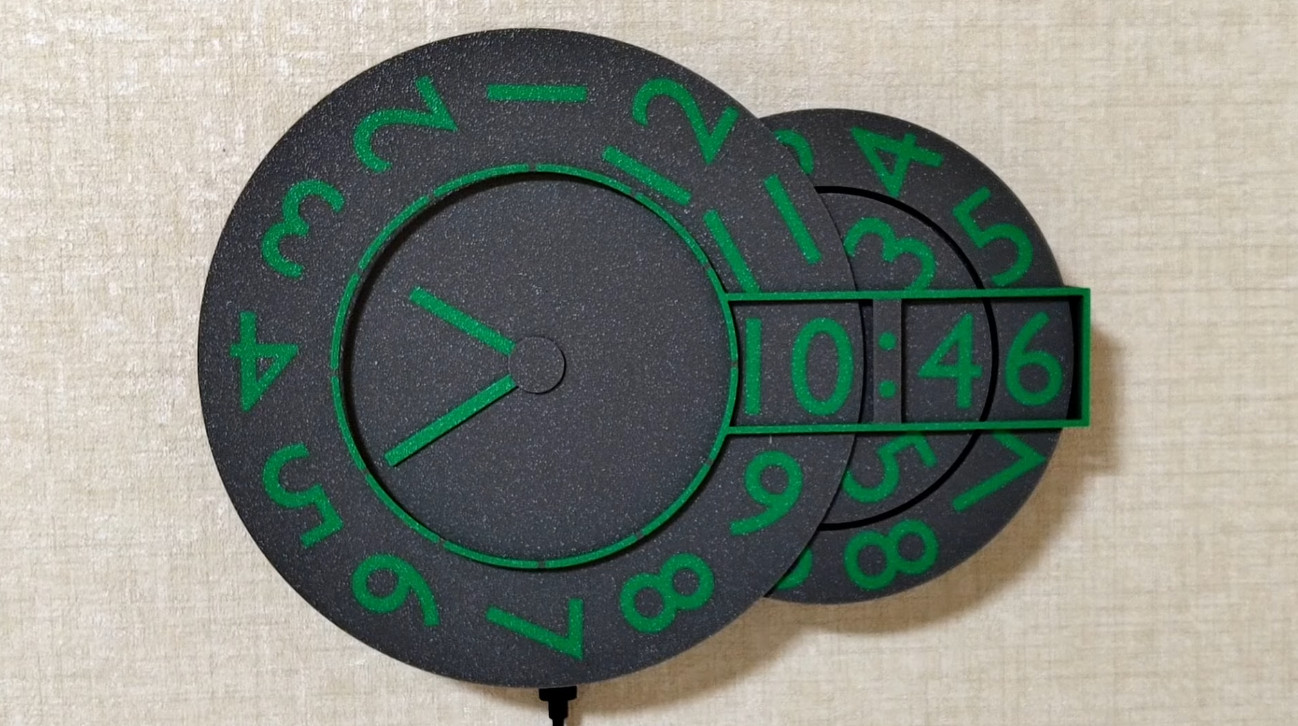
A group of classic car owners have celebrated the 50th anniversary of a particularly controversial yet long-running UK sportscar. One of the hundreds of owners' clubs displaying icons of the past at the Practical Classics Restoration Show at the Birmingham NEC, the XJS Club marked Jaguar's milestone with a display of examples from throughout its 21-year production run. However, Chelsea Heard, Magazine Editor for the XJS Club, highlighted that the model was not always universally loved, being a significant departure from the Jaguar E-Type .
She explained: "Back in the day, the XJS always had its lovers and sold very well, but there were people who weren't a fan of it. Obviously, it replaced the E-Type, and that was a sportscar rather than a grand tourer , so it filled a very different niche and was so different in many ways. "We still get the odd person who comes up and says 'it's not an E-Type', but most people who have visited the stand absolutely love them.

I think it's generational - people want the classic cars they grew up seeing, and these days, that tends to be the XJS." Introduced in September 1975, the Jaguar XJS proved to be a divisive car at launch, with many motorists seeing it as a stark departure from the E-Type it replaced - featuring much sharper styling and a grand tourer design that focused more on comfort. However, with the introduction of the XJS HE in 1981, which gave the model some minor styling updates, the option of a soft-top convertible, and two more economical engines, demand quickly increased in both Europe and North America.
During its time in production, the XJS saw plenty of time in TV shows and films alike, being widely used by Simon Templar in the late 70s action series Return of the Saint and helping to slow down the bus in the 1994 thriller Speed. Chelsea explained that one of the key reasons why the XJS continued in production for so long was due to Jaguar continuously refining the model - particularly with the introduction of the 4.0-litre six-cylinder engine.
She continued: "There were two facelifts, and I think it was so popular with a particular group of people that, when technology moved on, Jaguar decided to keep with the same model. "So, we went from the old engines, which were very charismatic but inefficient and difficult to use every day, to the later straight-six AJ16 engines, which were legendary. They were as powerful as the original V12, much more reliable, and could get 35mpg on a run - not bad for an old sportscar!" Like all classic car groups, the XJS Club is designed to help owners of the iconic Jag find friends and gain support, offering advice for maintaining and restoring examples.
In addition to national and regional classic car events that take place throughout the country, members regularly meet for a weekend rally - which this year will see a convoy of the model travel from The Classic Motor Hub in Bibery to Warwick Castle. Nevertheless, the XJS Club is said to be the world's cheapest vehicle community in the world to join, with a lifetime membership standing at £20, reduced to £10 during events they attend..















